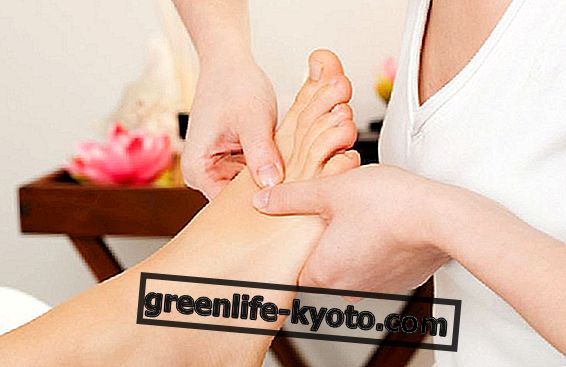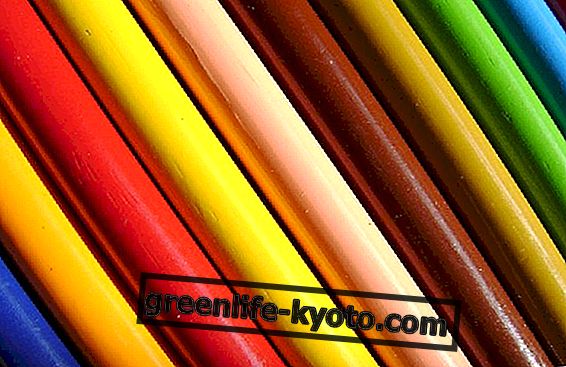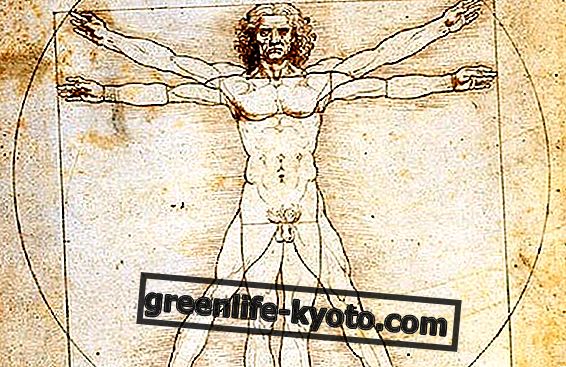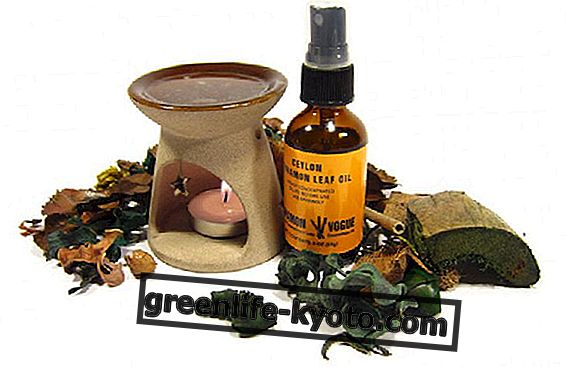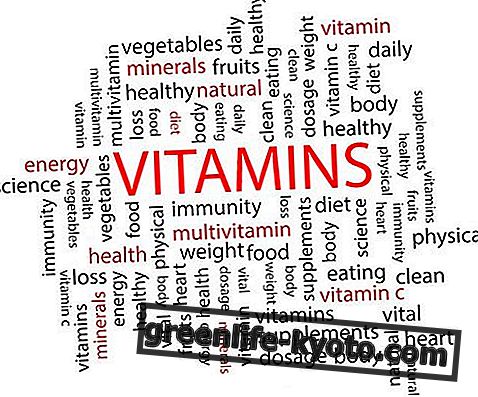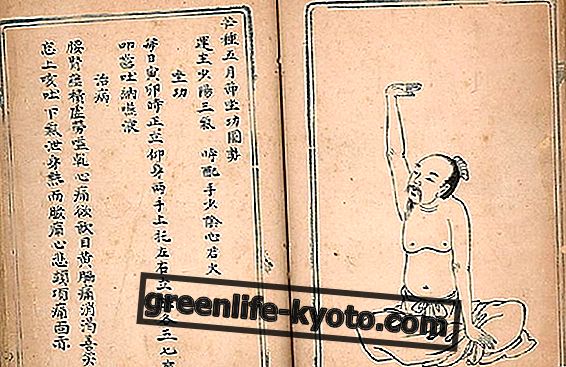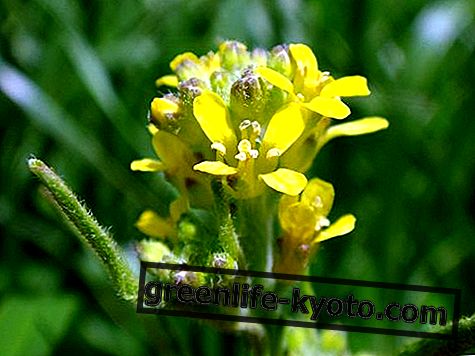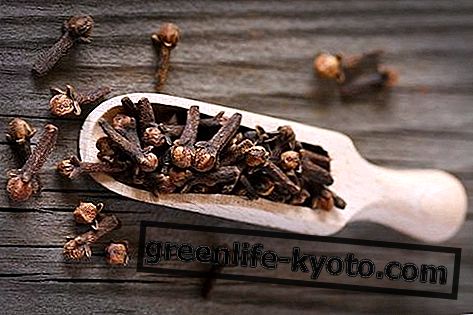
What is the relationship between chakras and colors?
What relationship exists between chakras and colors? According to Ayurvedic medicine, the five elements combine to form the different types of tissues and body moods and are also at the origin of the power associated with the seven colors of the rainbow, which can act in restoring the balance of energy centers. The energy of colors acts on the chakras at the level of clothes worn, food ingested and presence in the environment in which we live. Learning to know and use them helps us to find psycho-physical harmony in a respectful and non-invasive way.
Chromotherapy has an effect on the brain through the hypothalamus, which regulates and controls the endocrine glands, and therefore also the human energy centers, associated with the autonomic nervous system and the regulation of hormones.
The symbolism of colors is defined on the basis of the natural frequency that everything in the Universe possesses and in relation to the light that penetrates it and the senses that perceive it. All matter (therefore also our body) has a specific wavelength: the impressions we receive through the senses when we interact with the environment therefore influence our dynamic balance.
Do you want to know the names and characteristics of all the chakras? Discover them here!

Matches between chakras and colors
The spectrum of the seven colors of the rainbow, or the light reflected through a prism, corresponds to that of the scale of the seven chakras, from the lowest to the highest.
The correspondences between colors and chakras:
black and red for the first chakra ( Muladhara ), orange for the second chakra ( Svadhisthana ), yellow for the third chakra ( Manipura ), green for the fourth chakra ( Anahata ), blue for the fifth chakra ( Vishudda ), blue-indigo for the sixth chakra ( Ajna ), white for the seventh chakra ( Sahasrara ). As we learn to open and balance the chakras, we become the Rainbow Bridge, a living link between Earth and Heaven.
Meaning and effects of colors on the chakras
Let us now deepen the seven colors and their effects on the chakras :
Red represents strength, health and vitality. Associated with the element of fire, sex, blood and passion, it stimulates blood circulation, affects the vitality of the body and mind and has a warming power.
Orange has a liberating action on physical and mental functions and a large effect of harmonization and distribution of energy. Promotes chakra cleansing, stimulates the immune system and creativity, expels toxins and instills serenity, enthusiasm, joy, desire to live and optimism.
Yellow is associated with the left side of the brain and generally with the intellectual side, with happiness, good humor, wisdom and decision. Promotes attention and concentration in the study, stimulates the digestive system and purifies the intestine, promotes assimilation and awareness.
Green is the color of harmony and nature: it symbolizes hope, balance, peace and renewal. Like orange, it facilitates cleaning of the chakras but in a more gentle way. It acts on the lymphatic system, it is refreshing and relaxing, it promotes reflection, calm and concentration. It promotes the general well-being of the organism and rebalances its functions.
Blue is a soothing and refreshing color. It is a real energy insulator and has an inhibiting effect on chakras and tissues. Promotes perception and sleep, oxygenates tissues and reduces pain.
Indigo and violet are the colors par excellence of the upper chakras and with their higher vibration they are excellent for meditation. They act on the right hemisphere of the brain, promote intuition and rebalance the entire energy system.
